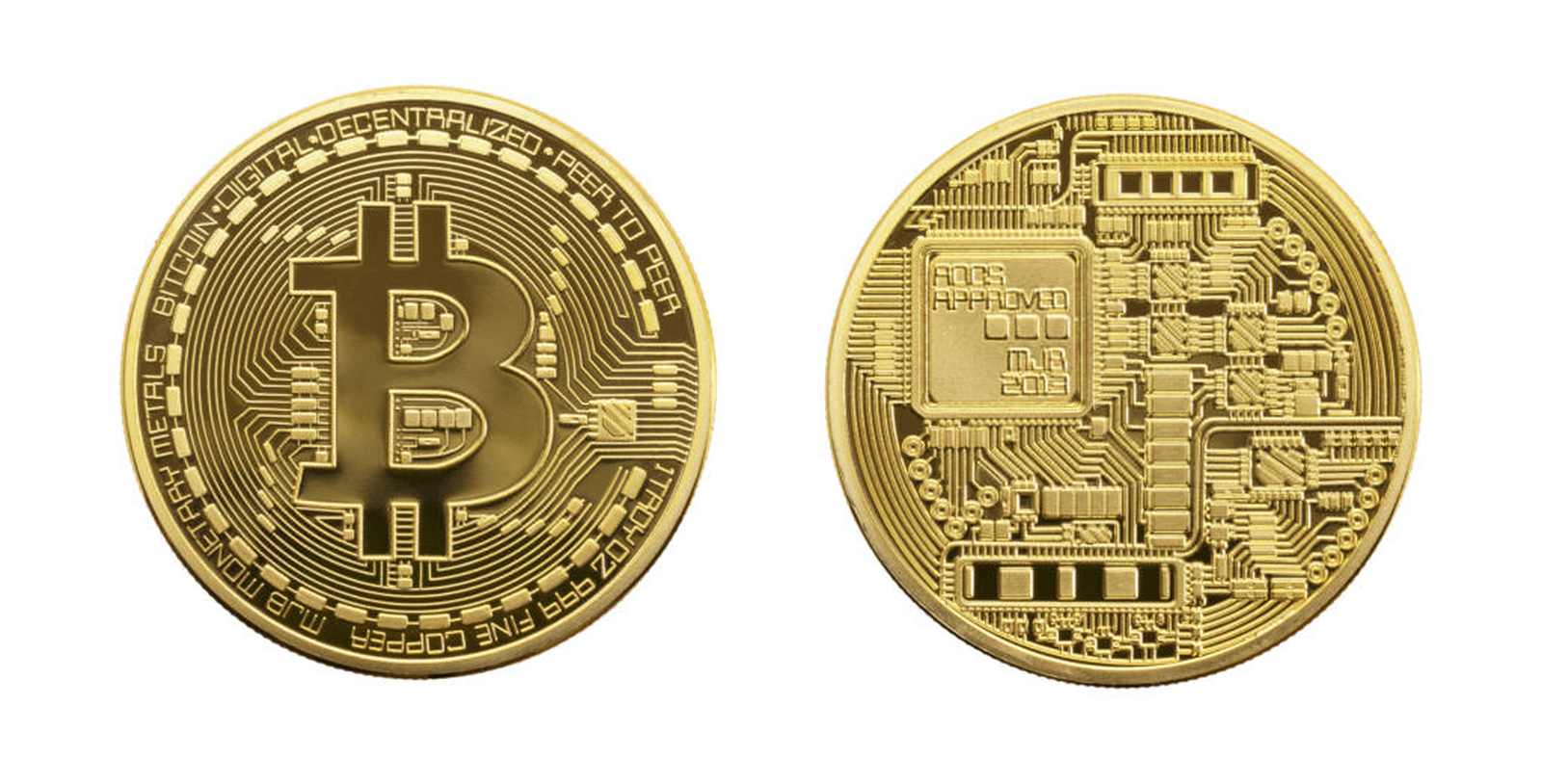Aixuze Insights
Explore the latest trends and insights on diverse topics.
Bitcoin: The Rollercoaster of Digital Gold
Experience the thrilling highs and lows of Bitcoin, the digital gold that’s reshaping finance—are you ready for the ride?
Understanding Bitcoin: What Makes It the Digital Gold?
Bitcoin has earned the nickname Digital Gold due to its unique properties that mirror those of physical gold. Like gold, Bitcoin is scarce; there will only ever be 21 million coins in existence, making it a finite resource. This scarcity is enforced by a process called mining, where miners use powerful computers to solve complex mathematical problems to validate transactions and create new coins. Additionally, Bitcoin is decentralized, meaning it operates on a peer-to-peer network without a central authority, which enhances its appeal as a hedge against inflation and financial instability.
Furthermore, Bitcoin's transparency and security play a significant role in its comparison to gold. Every transaction is recorded on a public ledger called the blockchain, which allows anyone to verify the integrity of the currency. This transparency fosters trust among users, much like the historical perception of gold as a store of value. Moreover, Bitcoin's ability to be easily traded and transferred across borders, combined with lower transaction costs compared to traditional assets, reinforces its status as Digital Gold. As the world becomes increasingly digital, Bitcoin may very well emerge as a preferred asset for both investors and everyday users.

The Fluctuating Value of Bitcoin: A Deep Dive into Market Trends
The value of Bitcoin has shown remarkable fluctuations since its inception, largely driven by a combination of market sentiment, regulatory news, and macroeconomic factors. Early adopters witnessed astronomical growth during the Bitcoin boom of 2017, where prices surged to nearly $20,000 before experiencing a dramatic crash. This cycle of volatility has continued, with significant peaks and troughs influenced by events such as institutional adoption, technological advancements, and changes in government policy. Investors and analysts often look to market trends and charts to predict the future performance of Bitcoin, but the unpredictability of the cryptocurrency market poses challenges.
Understanding the fluctuating value of Bitcoin requires a closer examination of key trends that have shaped its trajectory. For instance, the impact of major events like the halving, a process that reduces the reward for mining new blocks, has historically led to price increases in the months that follow. Additionally, factors such as the rise of decentralized finance (DeFi), increased retail interest, and the growing integration of Bitcoin into mainstream financial products have contributed to its value fluctuations. As the market matures, keeping an eye on these trends will be crucial for both potential investors and longtime holders looking to navigate the complex landscape of Bitcoin investment.
Is Investing in Bitcoin Worth the Risk? Pros and Cons Explained
Investing in Bitcoin has gained massive popularity over the past few years, but the question remains: is it worth the risk? On the positive side, Bitcoin has shown immense potential for price appreciation, with early investors reaping significant rewards. It operates on a decentralized network, which means it is not controlled by any single entity, leading to increased transparency and security. Additionally, Bitcoin can act as a hedge against inflation, as its supply is capped at 21 million coins. These factors make it an attractive option for many investors seeking alternative assets.
However, like any investment, there are cons to consider. The volatility of Bitcoin prices can lead to significant losses in a short period, making it a risky venture for those with lower risk tolerance. Moreover, Bitcoin is still relatively new, with regulatory frameworks worldwide continually evolving, adding an element of uncertainty. It's also important to recognize the potential security risks associated with cryptocurrency, such as hacks and scams. Therefore, before diving into Bitcoin, it's crucial to weigh these factors carefully and assess your financial goals.